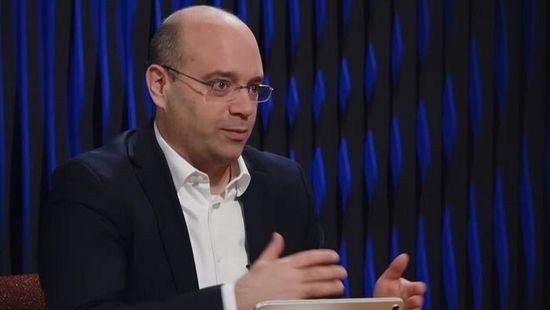Számokkal bizonyították: ez a párt nyerte a második félévet Magyarországon

Megnzétük, melyik párt várhatja biztosabb pozícióból a 2026-os választást Magyarországon.

Bob Dylan, according to Sean Wilentz’s passionate and informative new book, has dug inside America as deeply as any artist ever has.
„Bob Dylan, according to Sean Wilentz’s passionate and informative (if at times lurchingly uneven) new book, has dug inside America as deeply as any artist ever has. This is well put, for it suggests the way in which Dylan’s songs (there are now more than five hundred of them) seem to unearth a strange, alternate, subterranean America, an antic shadow country of dirt roads and frontier towns, abandoned mines and teeming plantations, a land inhabited by outlaws, vagabonds, crapshooters, confidence men, vigilantes, and religious fanatics, to name only its most conspicuous citizens.
Wilentz, a professor of history at Princeton, has clearly had to do considerable digging of his own: his book constructs a system of underground tunnels connecting Dylan’s music (thirty-four studio albums alone, from 1962’s self-titled debut to last year’s characteristically odd Christmas in the Heart) to a vast range of movements and individuals in American history and culture. Something of Wilentz’s method is suggested by his epigraph, which is taken from Whitman’s When I Read the Book: Only a few hints—a few diffused, faint clues and indirections… Wilentz sees Dylan’s work as a constellation of hints and clues, and he follows up on them with an obsessive meticulousness.
The influence of Woody Guthrie on Dylan is well known. Less so is that of Aaron Copland, whose famous Hoe-Down, from the ballet Rodeo (1942), Dylan began using in 2001 as a prelude to his live concerts. Noting this fact, Wilentz launches eagerly into a discussion of New York’s radical leftist musical milieu in the 1930s and 1940s. At that time, Copland, already a celebrated composer, had gotten to know the musicologist and composer Charles Seeger, who was helping his friend and fellow musicologist John Lomax to expand the Archive of American Folk Song at the Library of Congress, along with Seeger’s second wife, the composer Ruth Crawford Seeger. From Seeger1 and Lomax Copland discovered a wide array of vernacular music, which he began to draw upon and transfigure in works such as Lincoln Portrait (1942) and Appalachian Spring (1944).”